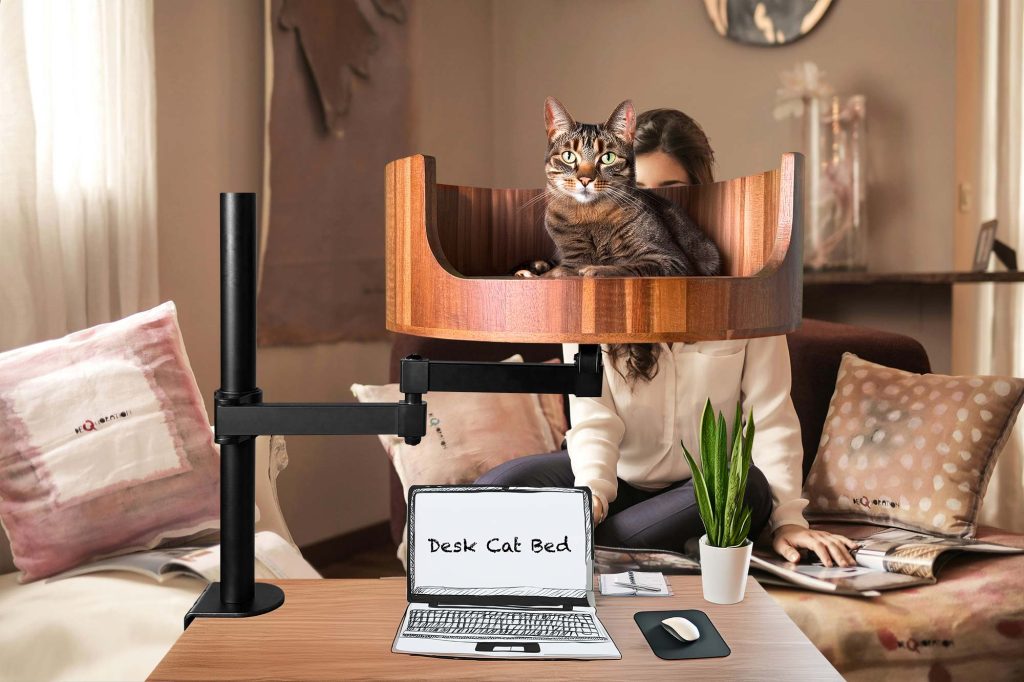Have you ever noticed your cat flicking its tail in a seemingly random or erratic manner? This common feline behavior has puzzled cat owners for years, but understanding why cats flick their tails can provide valuable insight into their emotions and communication. From expressing irritation or stress to signaling playfulness or excitement, a cat’s tail can act as a window into their world.
In this article, we will delve into the fascinating world of feline behavior to explore the various reasons why cats flick their tails. By decoding the subtle messages conveyed through tail movements, you can better understand and communicate with your furry friend. Whether you’re a seasoned cat owner or a newcomer to the world of feline companionship, uncovering the mysteries behind this seemingly simple behavior can enhance your bond with your cat and enrich both of your lives. From deciphering tail flicks during a relaxing grooming session to interpreting tail swishes during a playtime session, this article will equip you with the knowledge and tools needed to navigate the complex world of cat communication.
1. Tail flicking in cats is a common behavior that can signal various emotions and intentions.
2. Understanding the context in which a cat flicks its tail is crucial for interpreting their mood.
3. Tail flicking can indicate excitement, arousal, fear, aggression, or irritation in cats.
4. Paying attention to other body language cues alongside tail flicking can provide deeper insight into a cat’s state of mind.
5. By observing and interpreting a cat’s tail flicking behavior, owners can better understand and communicate with their feline companions.
What Does Tail Flicking Mean
One common reason why cats flick their tail is to communicate their mood. It is a key part of feline body language and can indicate various emotions such as annoyance, excitement, or fear. For example, a rapidly flicking tail may suggest agitation or irritation, while a slow, gentle flick can signal curiosity or focus. Understanding the context in which your cat is flicking its tail can help you interpret their feelings more accurately.
Signs of Stress or Anxiety
In some cases, constant tail flicking can be a sign of stress or anxiety in cats. Stressors such as changes in environment, new pets, or loud noises can trigger this behavior. If your cat is flicking its tail frequently along with other signs of anxiety like hiding, excessive grooming, or loss of appetite, it may be time to address the underlying cause and provide your cat with a sense of security and comfort.
Playful Behavior and Hunting Instincts
Cats are natural hunters, and tail flicking can also be a sign of playful behavior or a hunting instinct. When a cat is stalking or playing with a toy, they may flick their tail as a way to mimic the movement of prey. This behavior is often accompanied by dilated pupils, crouching, and pouncing, and is a healthy way for cats to engage their natural instincts and burn off excess energy.
Medical Issues to Consider
While tail flicking is generally a normal behavior in cats, it is important to be mindful of any changes or abnormalities. In some cases, excessive tail flicking could be a sign of an underlying medical issue such as pain, inflammation, or neurological problems. If you notice your cat is flicking its tail more than usual or is showing other signs of discomfort, it is essential to consult with a veterinarian to rule out any potential health concerns.
Desk Cat Nest FAQ
Why do cats flick their tails?
Cats flick their tails in response to various emotions and situations. It can indicate excitement, irritation, fear, or the need to communicate with other animals or humans. Observing other body language cues along with tail flicking can help determine the reason behind it.
Should I be concerned if my cat flicks its tail frequently?
Frequent tail flicking can be a sign of stress or discomfort in cats. It is important to monitor your cat’s behavior and surroundings to identify any potential triggers causing the behavior. Consulting with a veterinarian can help address any underlying health or behavioral issues.
Can providing a Desk Cat Nest help reduce tail flicking behavior in cats?
Yes, a Desk Cat Nest can provide a comfortable and secure space for your cat to relax and feel safe, which can help reduce stress and anxiety levels that may be contributing to tail flicking behavior. Ensuring that your cat has a comfortable and enriched environment can promote overall wellbeing and reduce undesirable behaviors.
In conclusion, providing your cat with a Desk Cat Bed can help alleviate stress and anxiety that may be causing them to flick their tails. By creating a comfortable and safe space for your feline friend to relax and unwind, you can promote feelings of calmness and security. The elevated design of the Desk Cat Bed allows cats to survey their surroundings, helping them feel in control of their environment. Additionally, the plush cushioning provides a cozy spot for them to rest and recharge. Investing in a Desk Cat Bed is a valuable choice to improve your cat’s overall well-being and behavioral issues such as tail flicking.


